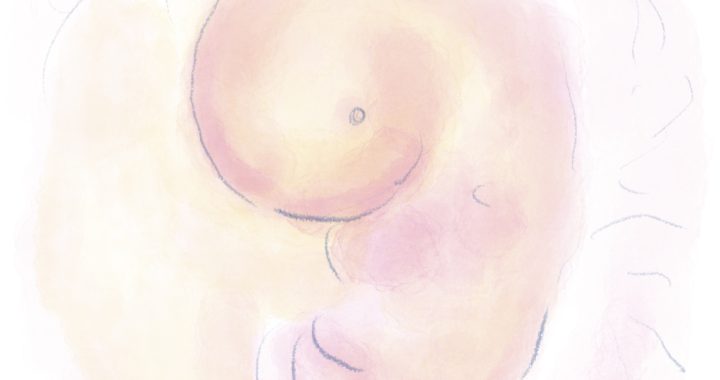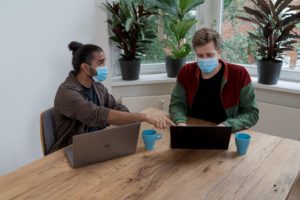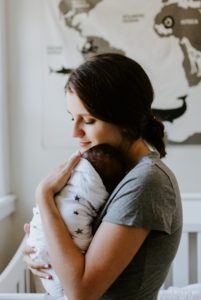


 Today our modern world is inherently stressful, with climate change threatening our future, a pandemic lurking with ongoing uncertainties regarding health, travel, socializing and even everyday activities like shopping and commuting. Many people also experience a persistent background of racism and discrimination, with their related fear and threat. Often, we have inherited this experience and its effects from our ancestors as we attempt to thrive in communal fields of intergenerational and collective trauma. These are part of the context we form in as embryos and throughout our lives.
Today our modern world is inherently stressful, with climate change threatening our future, a pandemic lurking with ongoing uncertainties regarding health, travel, socializing and even everyday activities like shopping and commuting. Many people also experience a persistent background of racism and discrimination, with their related fear and threat. Often, we have inherited this experience and its effects from our ancestors as we attempt to thrive in communal fields of intergenerational and collective trauma. These are part of the context we form in as embryos and throughout our lives. with the wisdom and resources we have developed as adults. This can include finding ways to offer the little one within us, or the little one that we once were, what they need to feel safe and welcome. This can be a poignant place of healing, where we begin to return to the original potential of the embryo to develop into anything. A world of possibility can open to us that was previously occluded by our early patterning.
with the wisdom and resources we have developed as adults. This can include finding ways to offer the little one within us, or the little one that we once were, what they need to feel safe and welcome. This can be a poignant place of healing, where we begin to return to the original potential of the embryo to develop into anything. A world of possibility can open to us that was previously occluded by our early patterning.